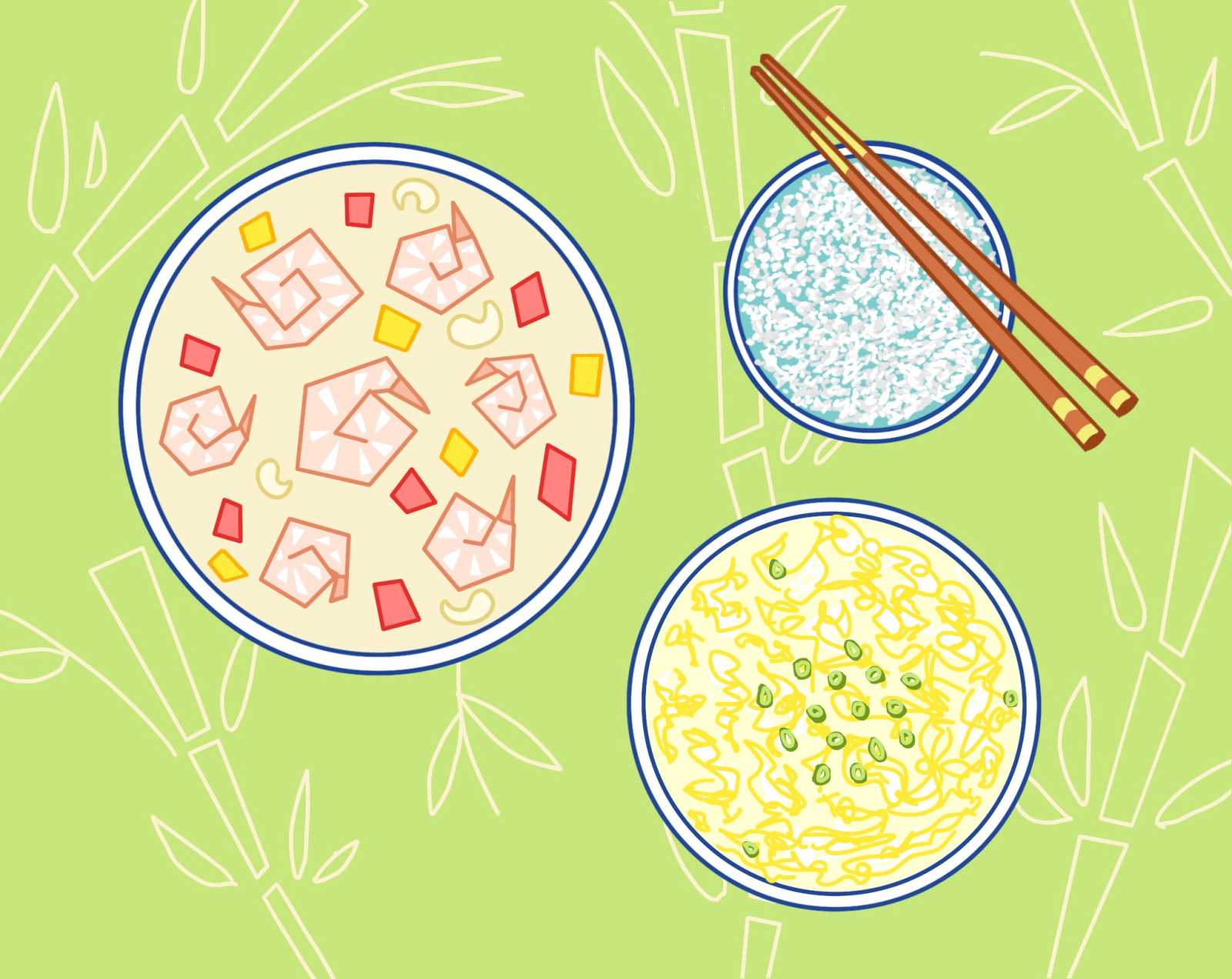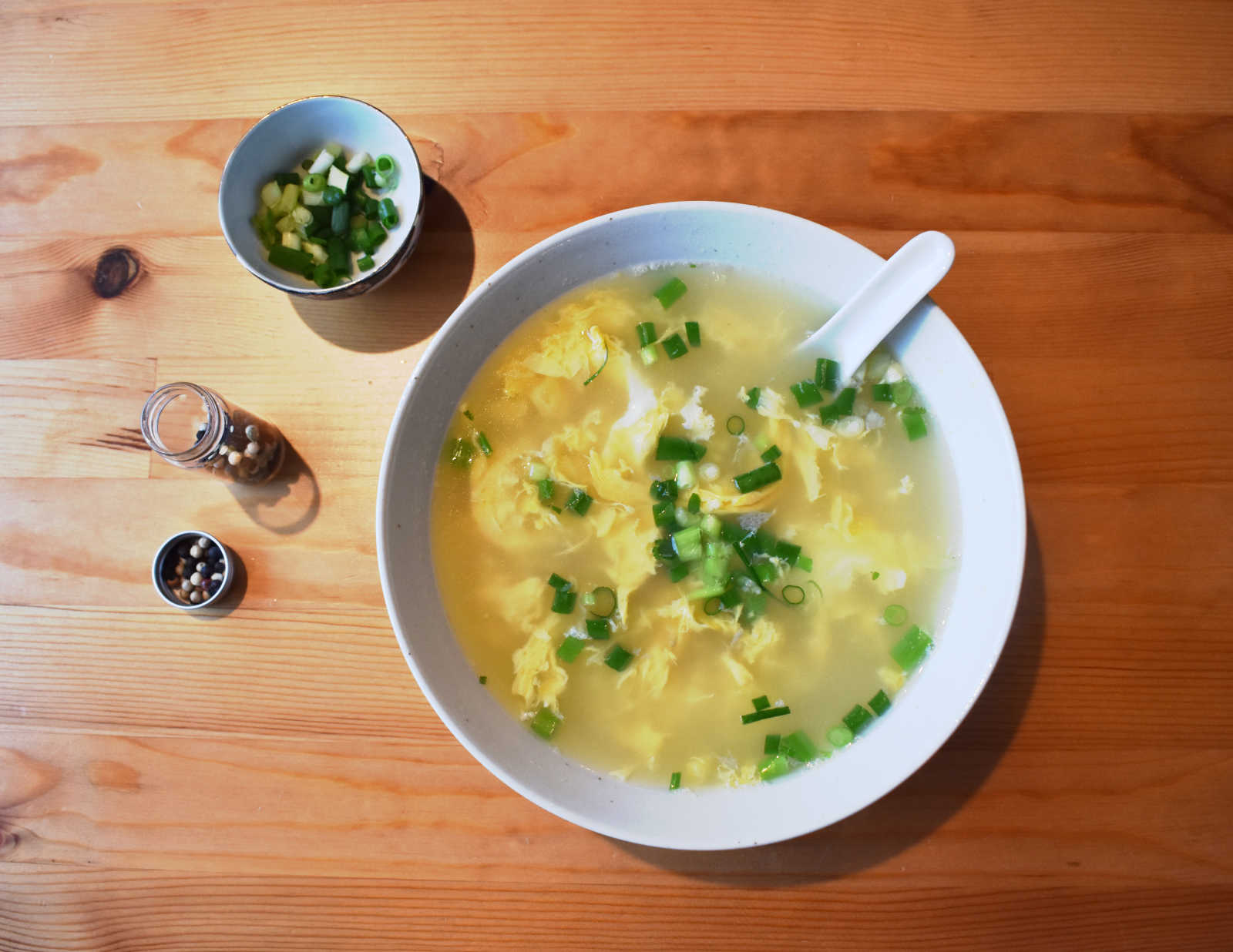As a Cantonese-American, it felt only fitting to kick off the first issue with the type of cooking that reminds me most of home.
Like many immigrant children, it took me a good number of years to appreciate the stir-fries, soups, and steamed dishes that graced our weeknight dinner tables. At the time, I was more excited about Costco chicken bakes and dino nuggets, but now, I feel immense gratitude when I think about the effort that my food-ambivalent parents put into preparing traditional Cantonese meals.
Which brings me to this week's theme: the food of Guangdong (广东 / 廣東) province in Southern China. (The alternate name "Cantonese" comes from the older romanization "Canton," which was derived from the Portuguese transliteration, Cantão.)

Cantonese cuisine is one of the historic Eight Great Traditions (八大菜系; Bādà càixì) of China. Its emphasis on fresh, natural flavors and sophisticated presentation are captured in the ancient Chinese saying that for the best life, one should "be born in Suzhou, grow up in Hangzhou, eat in Guangzhou, and die in Liuzhou"(吃在广州,穿在苏州,玩在杭州,死在柳州). Though the most well-loved form of Cantonese cuisine abroad may be dim sum (known in the Cantonese language as yum cha(飲茶)– literally, "drinking tea"), it would be a shame to miss the huge variety of dishes that grace both home and restaurant tables across the province.
The Recipes
Shrimp, Cashew, & Bell Pepper Stir-Fry • 腰果虾仁
Corn & Egg Drop Soup • 玉米蛋花汤
This week's main dish, a classic combination of shrimp, cashews, and bell peppers, is a gentle introduction to stir-frying. Meanwhile, a homestyle corn-and-egg drop soup brings comfort and balance.
A wok isn't a necessity for the stir-fry, but it's a worthwhile investment. Not only does the unique shape of a wok help create wok hei, the smoky, charred flavor that defines a great stir-fry, it's great for pan-frying, steaming, deep-frying, and more. A great wok shouldn't be expensive, either–I bought mine from Amazon Japan for ~¥3500, but if you're in the US, check out Serious Eats's guide for similarly-priced recommendations. Happy wokking!
Plan of Attack
One of the most intimidating things about cooking a Chinese family-style meal can be knowing the order to cook multiple dishes. Take it with a grain of salt (or MSG), but here's how I tackled this particular meal:
Cook rice using your method of choice (I prefer an Instant Pot or rice cooker).
Set the table: These dishes are quick to cook, so save yourself a last-minute rush by setting out a rice bowl, chopsticks, soup bowl, and soup spoon for each diner.
Mise-en-place: Prep all the ingredients and two serving bowls and place them within arm's reach of your stovetop.
Start the egg drop soup by simmering the scallions and ginger in the chicken broth.
Cook the stir-fry while the broth is simmering.
Finish the egg drop by stirring in the seasonings and eggs.
Serve the dishes family-style with plenty of steamed rice and an extra side of greens, if desired (I stir-fried some leftover cabbage and pork belly in the wok right after the shrimp).
Food for Thought
PANDA... OR THE CANTON EXPRESS?

Having grown up in a Cantonese household, something I was shocked to learn is that the type of food you'll find at Panda Express–think orange chicken, lo mein, and honey walnut shrimp (my personal favorite)–is actually rooted in Cantonese cuisine! Though these vividly colored, sauce-laden dishes would be alien to most people in Guangdong, it makes sense when you consider the history of Chinese immigration to the US: The 1849 gold rush attracted a huge wave of Cantonese merchants with an appetite for riches... and a taste of home. Over time, they adapted their cooking to local tastes, and American Chinese food was born.
Whether this type of cooking should be considered "Chinese food" is up for debate, but there's no arguing that it's carved out a special place in the hearts of Americans–there are over 45,000 Chinese restaurants in the US, more than Mickey D's, KFC, Pizza Hut, Taco Bell, and Wendy's combined. That's a lotta fortune cookies.
That's all for this week! Please leave any questions, feedback, or theme / recipe suggestions in the comments below. This zine is still very much an experiment, so I'd love to hear what you'd like to see more/less of. Thanks for reading! :)


